In the dog-eat-dog world of battling for sponsorship, media coverage and public favour and flavour, many female surfers have often faced tumultuous and unfair uphill battles in pursuit of their surfing goals.
Often overlooked by brands and payslips due in no small part to what was/is deemed marketable in terms of physical appearance, misogyny, homophobia and a lack of opportunity for BIPOC athletes, we dissect the challenges many female athletes have faced in their bid to achieve success and consider if things are truly different today.
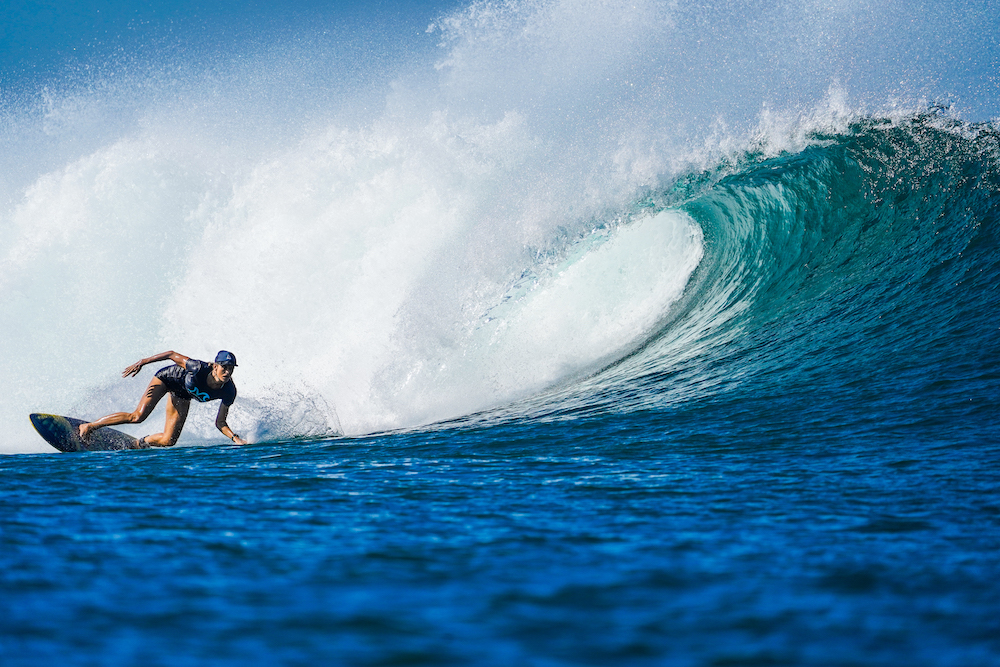
When we consider the history of lady rippers who have endured colosal struggles against sexism, objectivity, homophobia and racism in the pursuit of their professional surfing careers through time, it’s sobering to consider and analyse just how incredibly difficult it has been for many women who have simply just wanted to compete as professionals, achieve their goals, and be considered as equals.
When the barn-storming, neon-hued movie Girls Can’t Surf was released in 2021, Director Chris Nelius shone a stark spotlight on the hard-charging women of the 80’s and 90’s during the ascent of the ASP World Tour who fought against blatant sexism in the lineups and surf competitions during the era when the world tour was rapidly gaining momentum. Featuring a whos-who of badass icons in women surfing namely Frieda Zamba, Jodie Cooper, Wendy Botha, Layne Beachley, Pam Burridge, Pauline Menczer, and Lisa Andersen, these women trailblazed the foundations for many professional female surfers today, coming up against rampant chauvinism and a grosse gender pay gap that dominated the era.
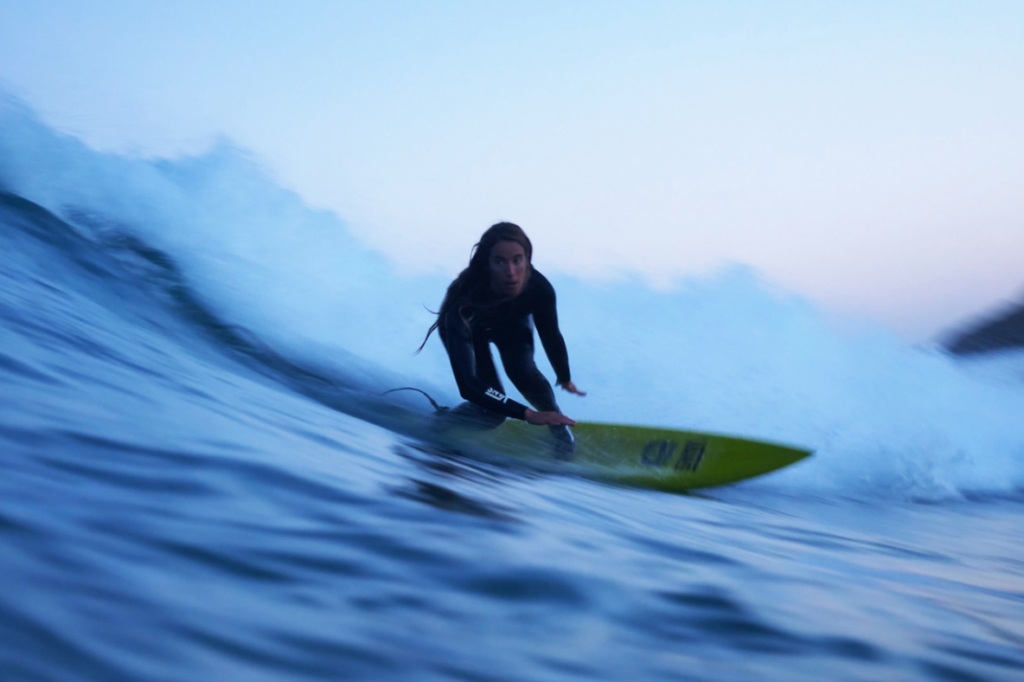
The title of the movie Girls Can’t Surf is in fact, a quote made by the internationally lauded and loved Occy way back in what appears to be, the stone age of 1981, which if it went down like a lead balloon back then for female surfers, is about as palatable today as a uranium canapé. Equal pay was to come a long, long way past the era of the Girls Can’t Surf athletes, finally agreed in 2019 by the WSL, but still, as recently pointed out by a one Joel Tudor, the current World Men’s Longboard Champion in a rousing Instagram post, that there is a huge disparity between pay for female longboard athletes and athletes on the CT.
Many of the women from Girls Can’t Surf are quite rightly so, icons today, but the grosse under representation of women in surfing during this period means they fought tooth and nail to even get a wave, let alone the funds, equal prize purse (a literal pipe dream back then), sponsorship or respect they truly deserved.
Where women did feature most prominently was arguably in overtly sexualised advertising imagery that had little to do with their athletic prowess or ability. Granted, change has been a-foot, with many brands and businesses publicly lambasted, roasted and held to account over archaic and mysogenistic reprasentations of women in branded materials, but this has still been a common occurrence.
Many athletes have come out publicly, including Brazilian Silvana Lima, who in a BBC documentary explained how for “surf-wear brands, when it comes to women, they want both models and surfers,” Lima said. “So if you don’t look like a model, you end up without a sponsor, which is what happened to me.” Many women like Silvana have surely been sidelined in favour of more “marketable looking” women. The worlds of modelling and surfing became blurred, as athletes were pitted against models for paying work in surfing.
Former 90s and noughties Roxy model Veronica Kay, once a well-known face in women’s surfing, explained to the LA Times the expectations placed upon her as a model, when first and foremost she had been a competitive surfer: “I would have a model body and be really skinny, then I’d try to paddle out and be like, ‘Oh, my God, I’m not strong enough.’ Then you focus on being an athlete, but you’re like, ‘I don’t look as good in a bathing suit.’ It messes with your head.” Where did this leave athletes like Lima who didn’t fit the cookie cutter mould of what was at the time deemed marketable looks-wise? Fighting for funds to even be able to travel on the expensive tour circuit and compete, often unable to do so.
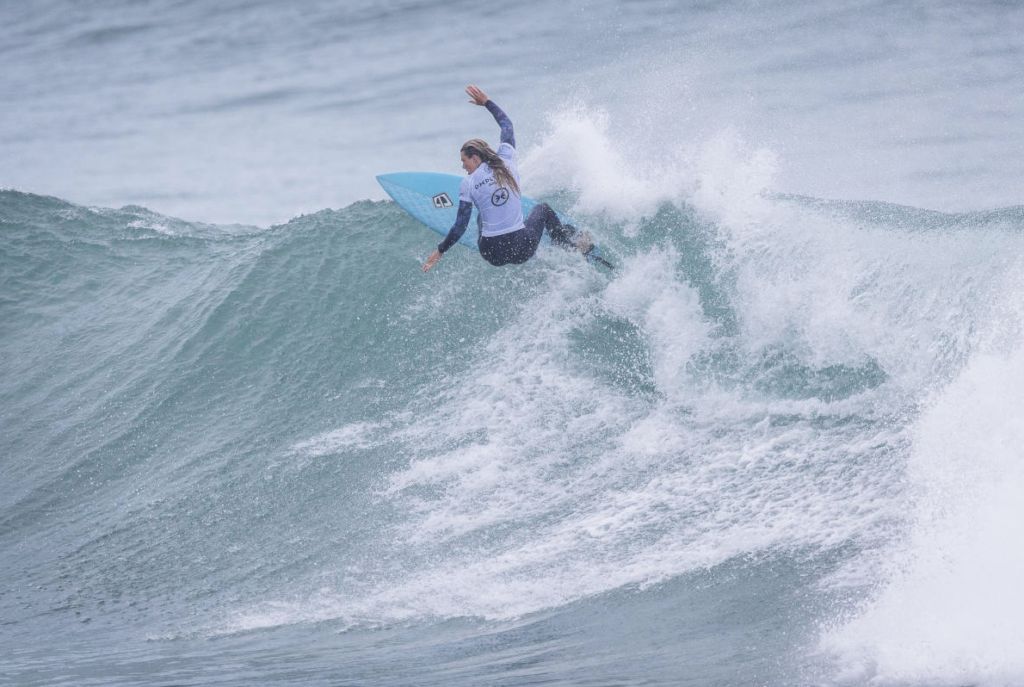
And that doesn’t even bring sexuality or diversity into the equation, and the thought of just how many talented women didn’t get the break they deserved because they were completely shunned and pilloried for their sexuality or the colour of their skin. Fast forward to the mid noughties when Keala Kennelly recalled her sponsors’ decisions to drop her when she came out as gay. Keala has since passionately lead the charge for the rights of LGBTQ athletes in professional surfing.
When she won the 2018 Women’s Big Wave World Title, her stirring speech electrified audiences, and was a potent statement of the battles so many LGBTQ athletes endure within surfing: “I needed to dream bigger because when I was 25, I was hiding in the closet, soaked in shame, living in fear, and I hated myself because I did not think you could be World Champion and gay at the same time…it is my hope that I am going to inspire other LGBT athletes that are suffering in silence to live your truth.”
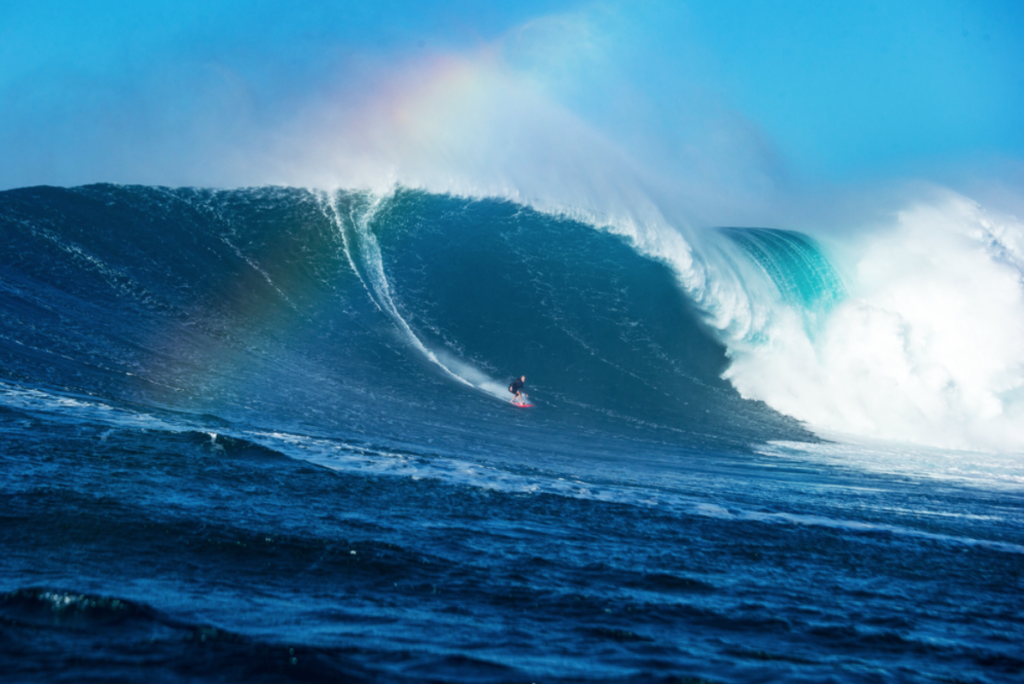
Even during the noughties with so few openly gay professional female surfers (the first openly-gay female World Champion, multiple longboard World Champion Cori Schumacher, has been a passionate champion and activist for raising the profile of LGBTQ and BIPOC athletes), it felt that when Tyler Wright came out publically in 2020 proudly sporting a rainbow jersey on her Instagram channel, the space hopefully, was more welcoming, and safer for her, both as a person, and also, as an athlete: not being dropped by her sponsors or stigmatized by her peers and the industry.
Which takes us to today. But have things really changed in 2022? Just last year Wavelength sat down for a candid interview with Hawaii-based Afro-Latina longboarder Nique Miller who shared the challenges she faced as a hard-working surfer trying to break out and secure sponsorship and the much-needed funds required to travel for competitions. Now internationally acclaimed, her talent and style have secured Nique numerous sponsorship contracts, though as she told us, it sure as heck wasn’t easy:
“Being a woman of colour, I thought, well, I’m probably going to stick out a lot more, because normally I’m the only one that looks like me at the contests. I thought that would afford me better opportunities, but in reality, it didn’t…bigger brands were not sponsoring people that looked like me. I was having to work five, six days a week, my mum had to take money out of her retirement fund, just so that I could try to do all the professional contests. That’s when I realised I couldn’t afford just to be average.”
Nique told us how the Black Lives Matter movement impacted her (“ever since Black Lives Matter, a lot of these brands are starting to get wake-up calls. People want diversity. People want to see themselves reflected and have someone represent them”) but it leads one to wonder, if the Black Lives Matter movement hadn’t exploded into the mainstream, would Nique have been yet another woman who would have been overlooked, her talent unable to transcend the financial limitations of being unable to travel for competitions due to lack of sponsorship for BIPOC athletes?
With more women now coming through into professional surfing thanks to communities and organisations like Textured Waves bringing diverse individuals and stories to light, the picture has been developing into a more progressive, diverse tapestry of athletes in 2022.
By talking to some of the women making up the diverse and rad tapestry of women’s surfing in 2022 including Founder of Black Girls Surf Rhonda Harper, free surfer Lee-Ann Curren, the UK’s Lucy Campell and the iconic Holly Beck, we explore 5 of the most overlooked women in surfing.
SILVANA LIMA
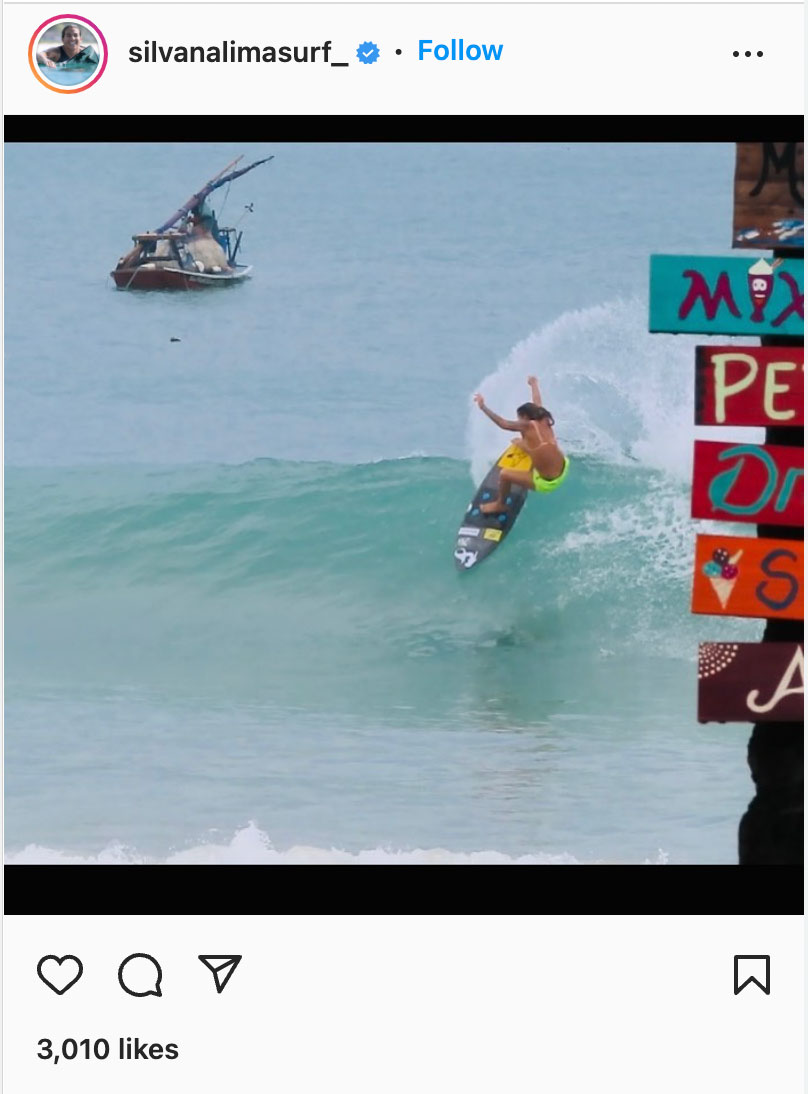
Brazilian powerhouse Silvana’ Lima’s professional rap-sheet reads like the veritable embodiment of a Rocky Balboa-style, against-the-odds, swim against the current rise to the top kinda tale of redemption. Born to humble beginnings beach-side in Brazil, famously learning to surf on a piece of wood, the 8 time National Champion’s unrelenting defiance in the face of challenges including a busted knee, complete lack of sponsorship for the first 13 years of her career (such had been the 2-dimensional, shallow approach towards athlete selection by brands at the time, chronicled in a BBC mini documentary), and recurrent dog-fight through the QS to qualify for the CT (which she did so multiple times, first earning a spot on the World Tour in ‘06) is one serious lesson in defiance.
As pro-surfer Holly Beck tells us, Silvana was “killing it, but not that much of a media darling with big sponsors”. Silvana’s arsenal of progressive maneuvers and as one of the first women to consistently bust aerials in surf competition should solidify her burning star in the surfing hall of icons, the 2 time World Tour runner up’s recent 7th place finish in the Tokyo Olympics showing why this insatiable athlete will never, and shouldn’t ever, go quietly into the good night.
EMI ERICKSON
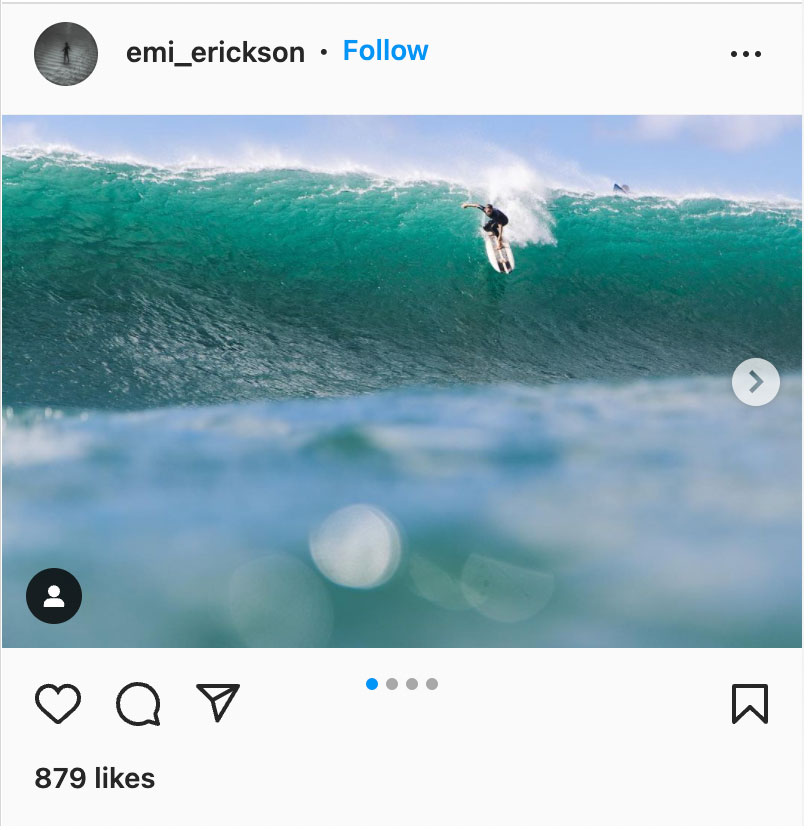
North Shore legend Emi Erickson has got to be one of the most bonafide-out there chargers ever. Spotted the form of a human-in-flight dropping in at Jaws on a… single fin? That’s probably Emi. Moving to the beat of her own drum, big-wave charger Emi’s single-fin weapon of choice have taken her the the big wave meccas of the globe including Mavericks, Waimea, South Africa and Puerto Escondido, where she’s chalked up some impressive finishes en route, including winning the Nelscott Reef Pro in 2019.
Originally from Sunset Beach, heralding from solid North Shore stock, daughter of iconic Waimea surfer Roger Erikson, Emi has, however, carved out her own impressive path, with uniquely discernable style and grace. An unsung favourite of many including the UK’s National Champion Lucy Campbell, who tells us Emi is “a nutter/incredible woman! I don’t think she has sponsorship or funding other than her boards!”.
ERICA PRADO
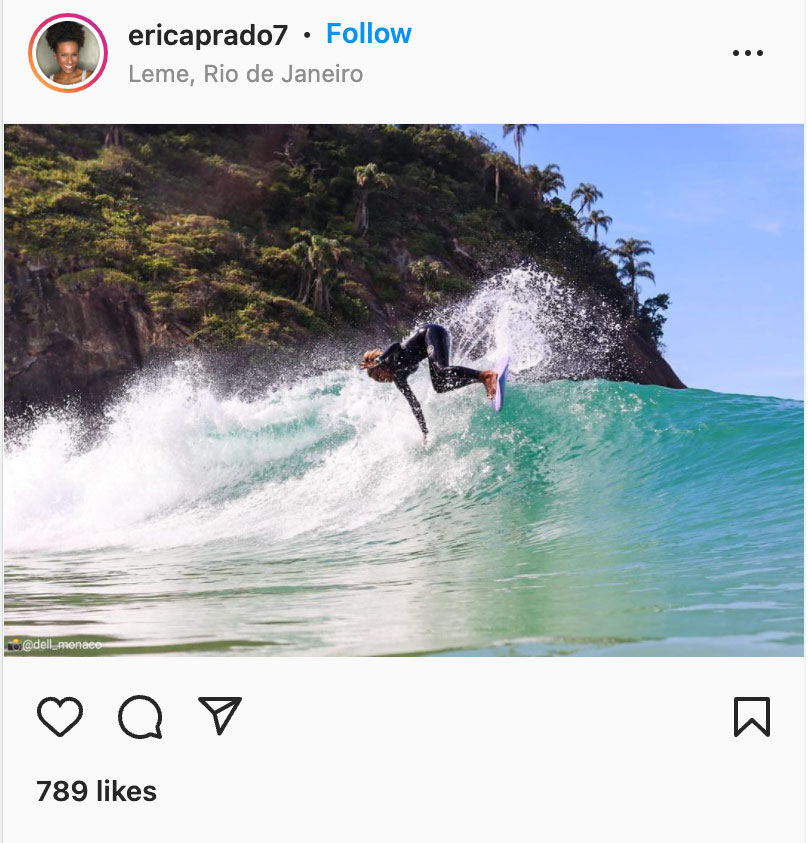
“Erica is one of the most talented overlooked women in surfing. Period. She hosts WSL events, surfs and competes herself, and is looking out for the past and future surf champions. She’s the full package.” We agree with Rhonda Harper, founder of Black Girls Surf. Erica Prado, founder of Brazil’s “Surfista Negras” has had a long and influential career in surfing, starting with becoming an athlete, surfing on the QS for 10 years, launching a successful career in journalism, and finally, founding the Surfistas Negras.
Erica’s lack of major sponsorship during her time as an athlete and indeed of fellow women of colour in Brazil led her to found Surfistas Negras, with the aim of giving visibility to black women who surf in Brazil, whether they are athletes or not. As Rhonda Harper continues, “Erica sets herself apart by her enthusiasm for the development of surfing.
She understands the need for representation and has taken to task making sure the girls and women of Brazil’s surf community are getting recognized. Erica has changed the pace of support for Afro surfers in her country. She is a consummate professional surfer, a great leader and all around surf industry talent. She should’ve been recognized years ago. Her latest project with Canal TV and the Black women of surf both past and present was epic.”
MELANIE BARTELS
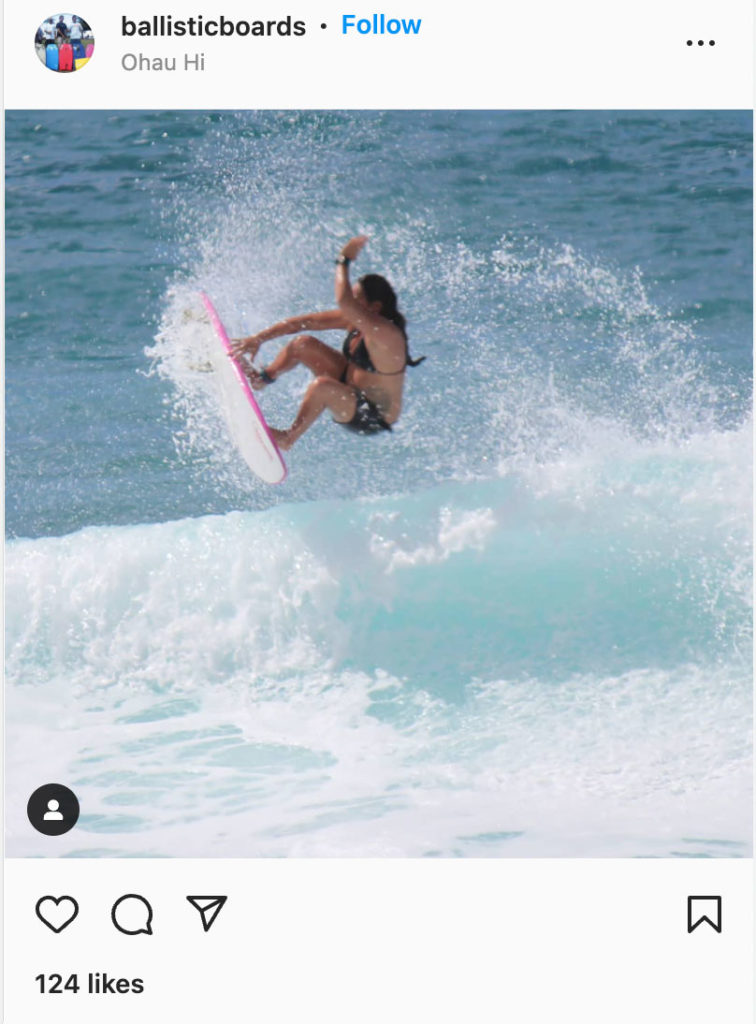
Hawaiian charger Melanie Bartels slammed down some of the most iconic, historic performances on the competitive circuit during the noughties, routinely executing inimitable airs in competition. Cast the clock back to 2008, and similarly to the challenges faced by fellow-pro Silvana Lima, Bartels found herself sans major sponsorship, unable to cover the huge fees to travel to the high-cost World Tour events.
In an almost silver-screen worthy serendipitous story of events, Hawaiian Princess Abigail Kawananakoa (we won’t dive into the contentious history of Hawaiian sovereignty in this article but princess Abigail Kawananakoa would be next in line in the Royal Family) came across Bartel’s financial struggles, and in a fairy-godmother stroke of fortune, provided the funds for Bartel to continue her mission to attempt to attempt to bring back the women’s world title to Hawaii. According to Holly Beck, “she never got as much credit as she deserved. She was one of the first women I ever saw do an air in competition!”.
ANNE GAELLE HOARAU
France’s Anne Gaëlle Hoareau was, according to Lea-Ann Curren, “probably one of the best surfers in the world…the “Johanne Defay” of her time”. Harking from surf mecca Reunion island, Hoareau’s stunning competitive performances ruled the roost in French surfing during the 80s and 90s, and made her the under the radar influence she is today for many a French-pro.
Taking the win in 3 ISA World Championships in ‘86, ‘90 and ‘92, Hoareau was the first French surfer to win a CT and matched that with a 2nd overall in the world behind American legend Lisa Andersen. Curren credit’s Hoareau’s “really good style, and powerful surf” as being an inspiration.
